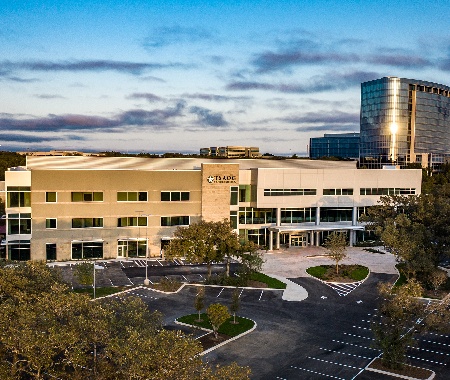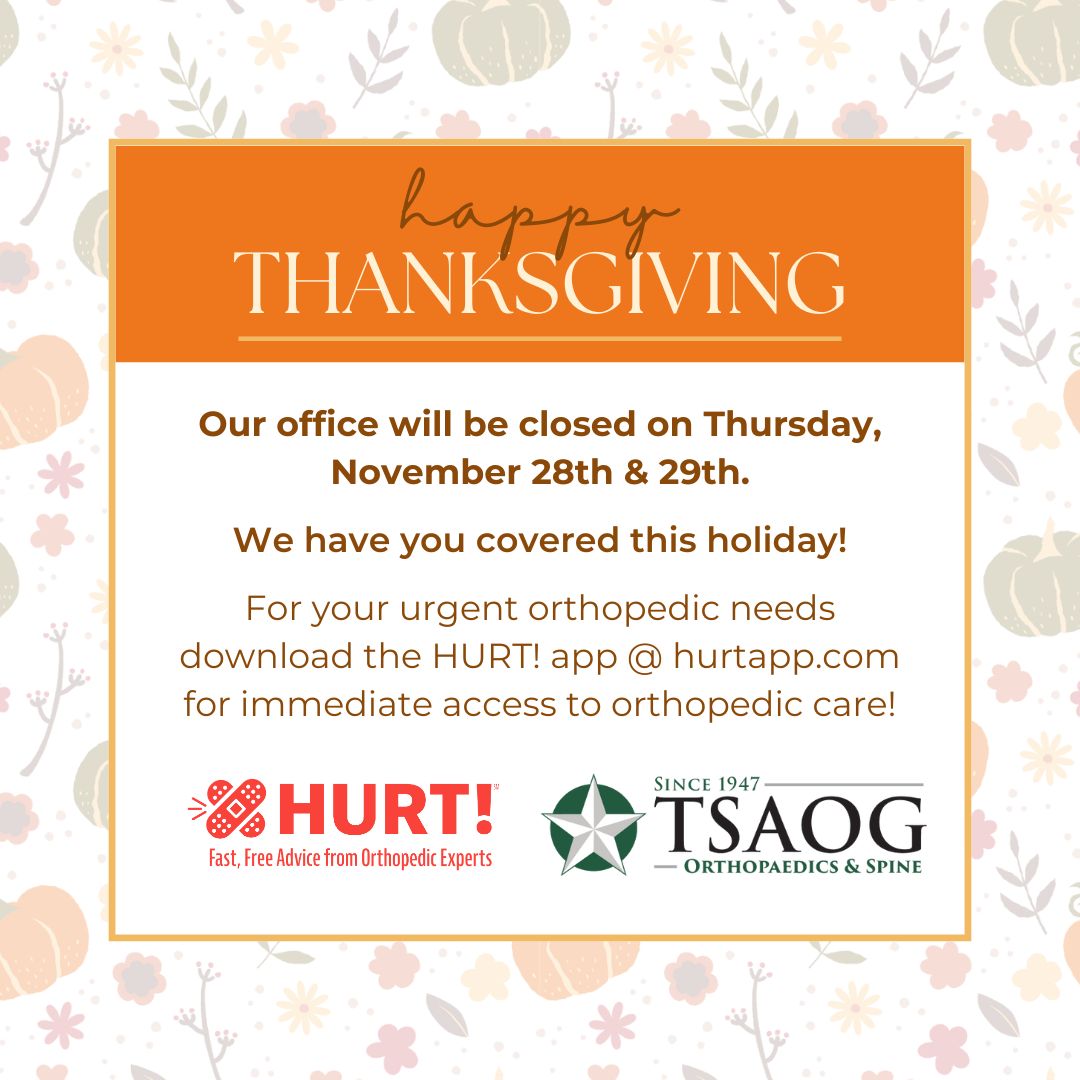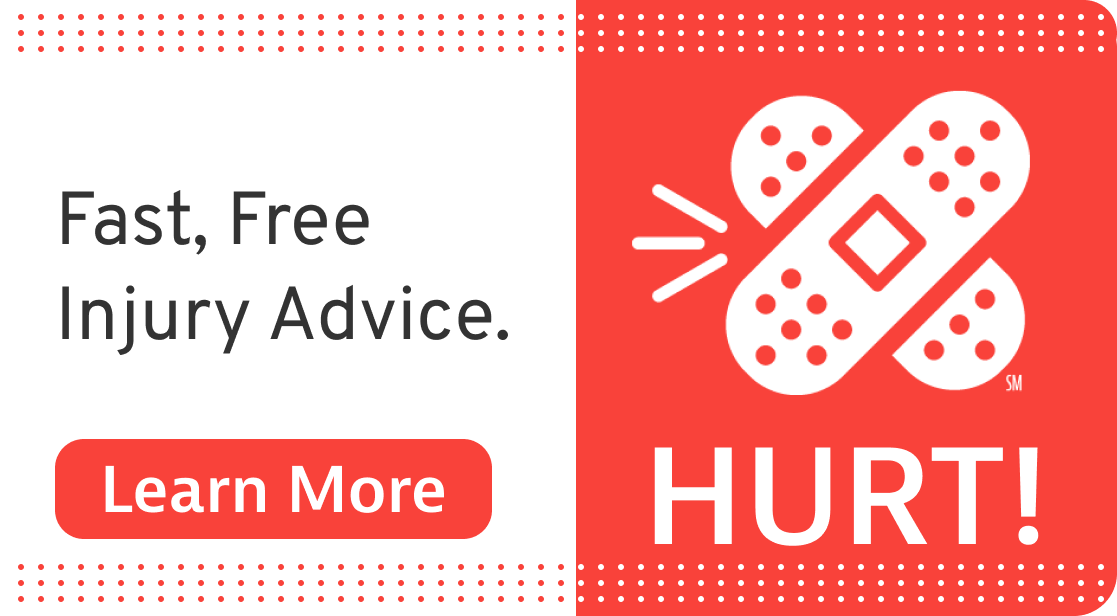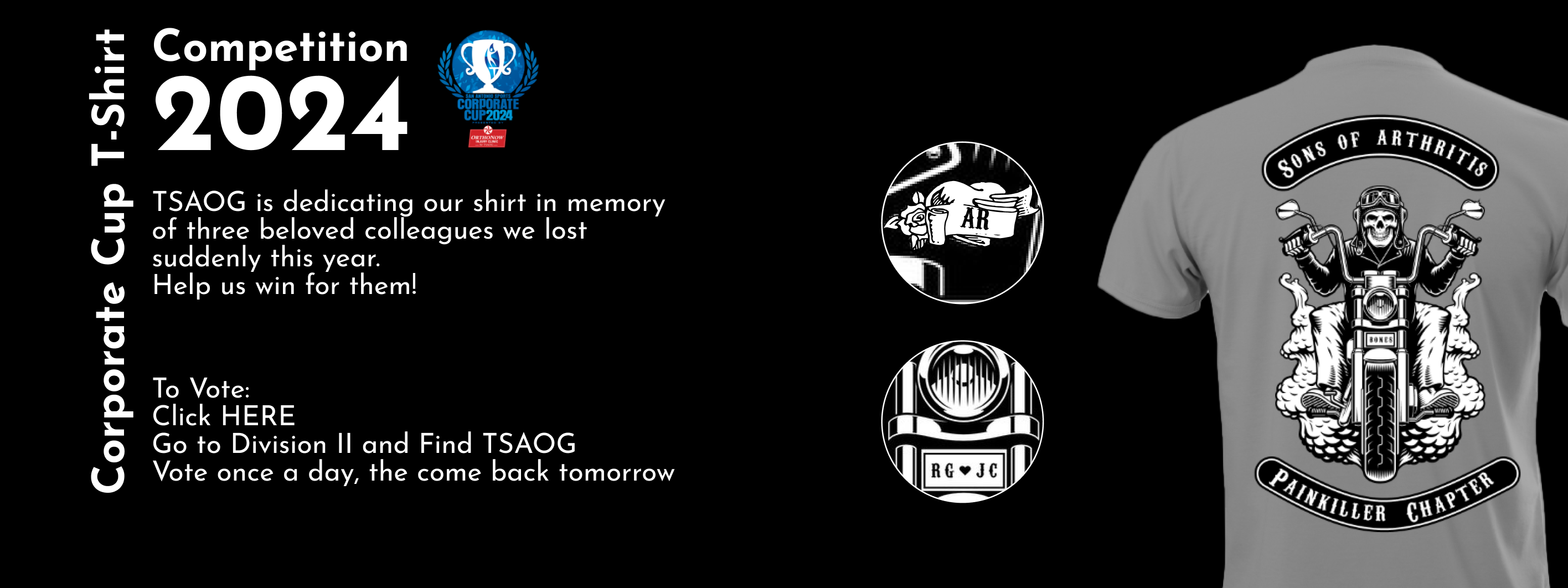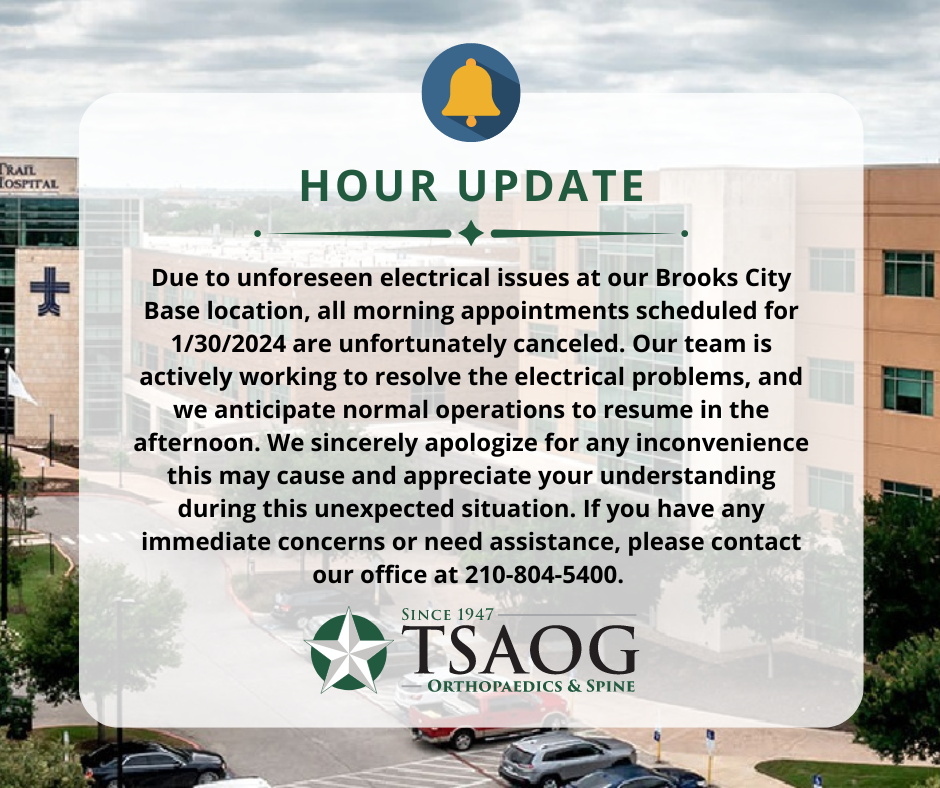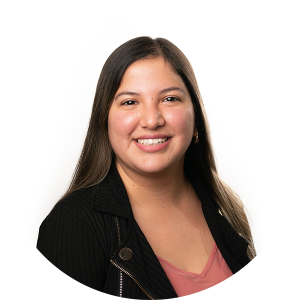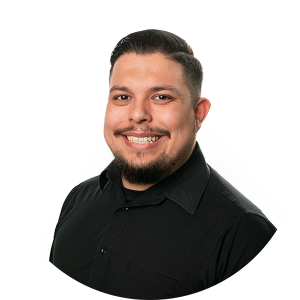(SAN ANTONIO) January 11, 2011 — A new therapy which uses a patient’s own blood instead of steroid drugs is continuing to yield promising results and can have powerful, localized effects in reducing pain in patients with recurring joint, neck, and back pain and various spinal conditions. What’s more is that it has no notable side effects.
The therapy is called PRP, or Platelet Rich Plasma, and in some cases offers an alternative to surgery and cortisone injections. Dr. Ephraim Brenman is The San Antonio Orthopaedic Group’s PRP specialist. His special interests include non-surgical spine care, spinal injections, pain management and electrodiagnostic medicine.
WHAT EXACTLY IS PRP?
Platelet Rich Plasma (PRP) treatments involve the use of a patient’s own blood to create a plasma mixture with a high concentration of platelets which contains many all-natural healing factors including adult stem cells. During the 30-minute procedure, a tube of a patient’s blood is put into a centrifuge and spun, producing concentrated platelets. The platelets contain growth factors that accelerate tissue repair and regeneration.
The platelets then are injected into the injury site using ultrasound imaging as a guide to inject the PRP into the target tissue, simulating internal bleeding from a tendon injury simulating a patient’s own body’s natural healing agents – instead of drugs — to accelerate healing and to more quickly repair a chronic injury.
Most traditional treatments focus on reducing inflammation with medications or steroid injections. PRP accelerates tendon repair by increasing the body’s own healing agents at the injured area. Benefits of PRP include a shorter recovery time. No steroid drugs are used and no surgery is required.
The therapy was introduced in the 1970s for surgical uses in hospitals. It didn’t enter sports medicine until a decade ago. The treatment gained notice in 2008 after Pittsburgh receiver Hines Ward used it on his sprained right knee to help him play in the Steelers’ Super Bowl win over Arizona. The therapy is still very new and in some cases it’s longterm benefits are still to be determined, but Brenman says, “There are good studies in the works, and in the introduced to the area where a person is experiencing pain.
Dr. Brenman joined The San Antonio Orthopaedic® group in September of 2009. His special interests include non-surgical spine care, spinal injections, pain management & electrodiagnostic medicine.
ABOUT THE SAN ANTONIO ORTHOPAEDIC GROUP
The San Antonio Orthopaedic Group was established in 1947 for the purpose of providing the highest quality of orthopedic, medical, and surgical care to the regional San Antonio community, surrounding areas, and beyond. Its board certified surgeons are experienced, skilled, and subspecialty trained to care for and treat the full range of musculoskeletal disorders, diseases, and injuries to the human body in the areas of adult reconstructive, arthroscopic surgery, hand foot and ankle, spine, sports, trauma and general orthopedics.




